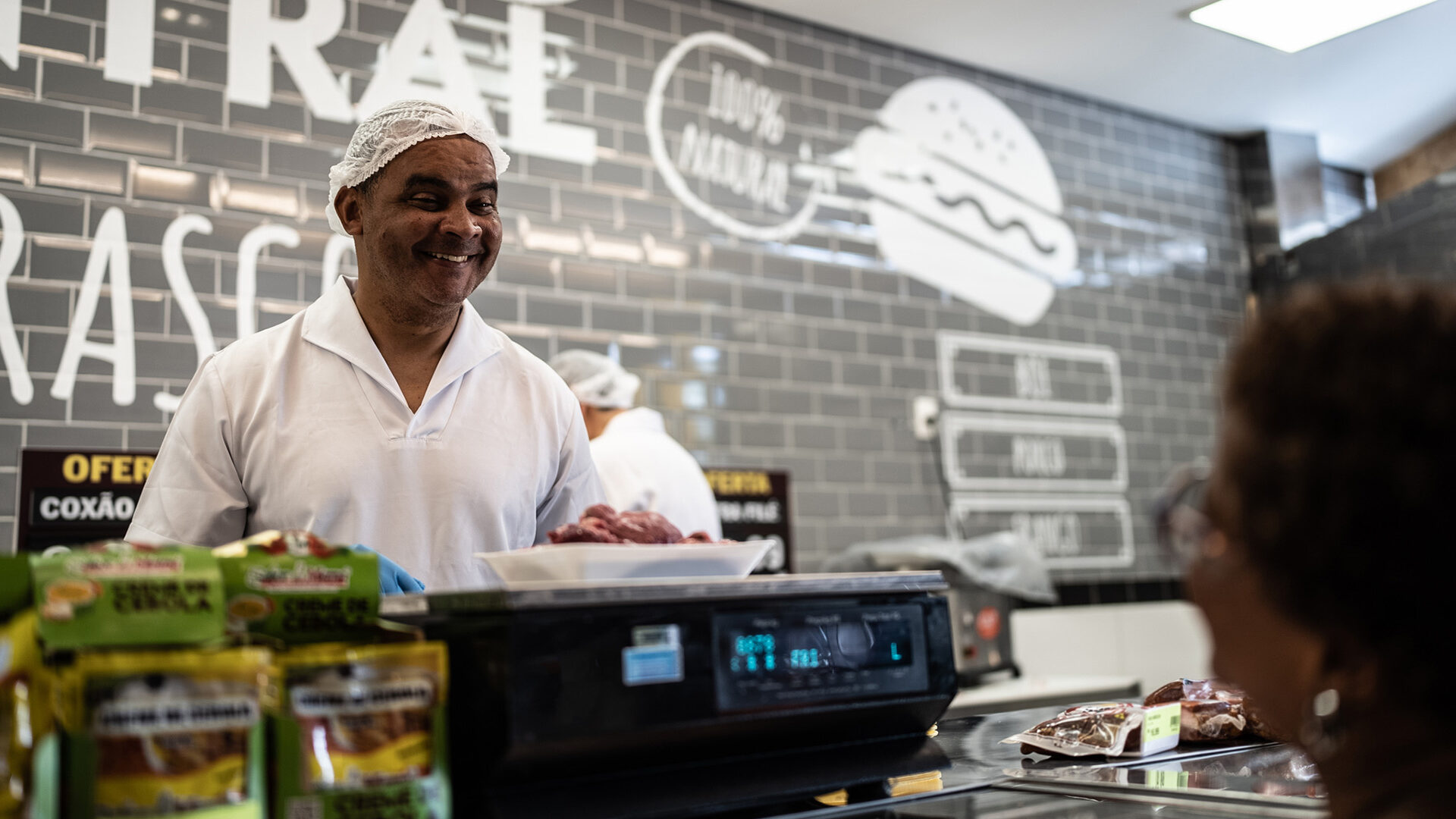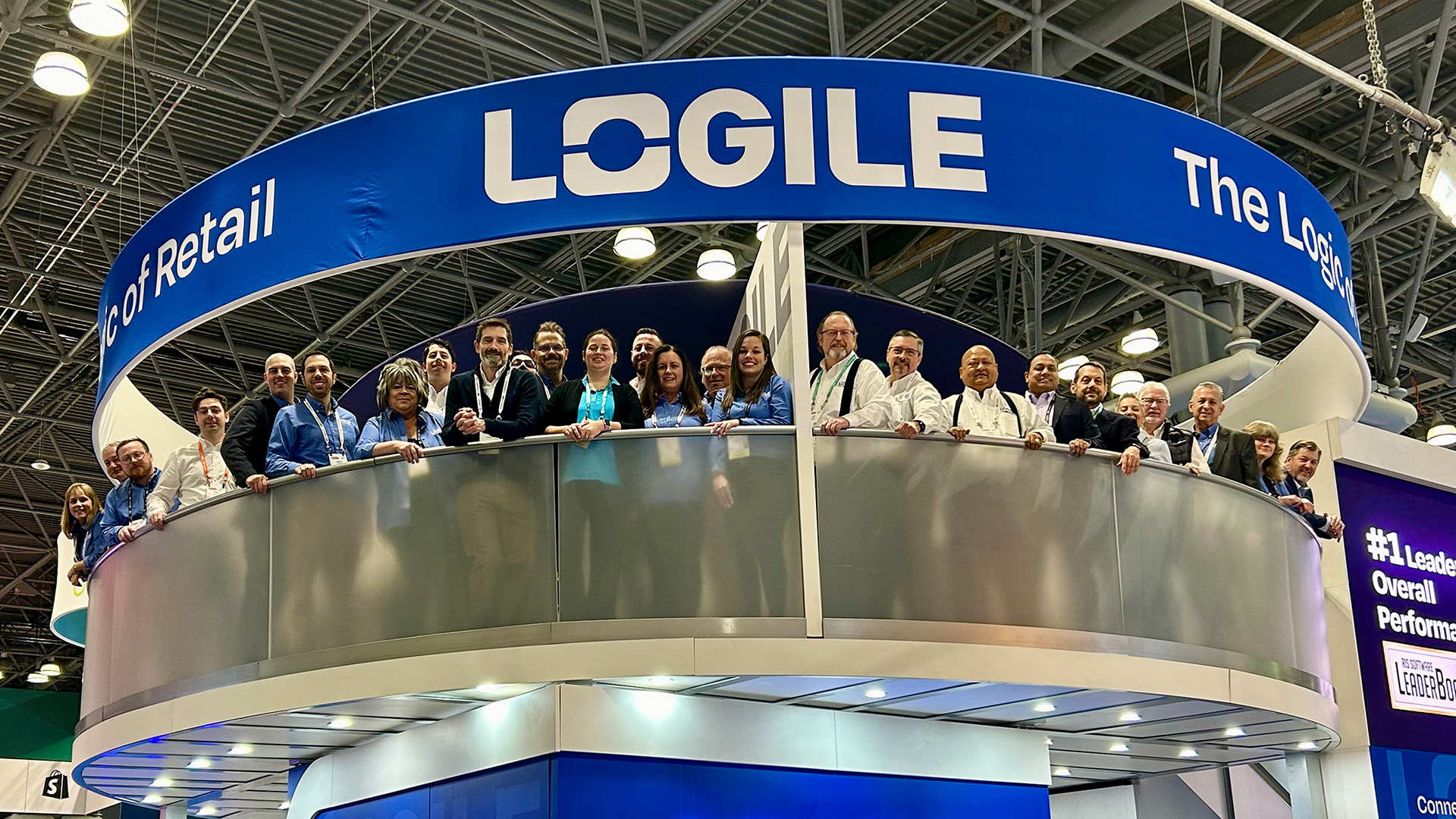3 minute read
BOPIS and Beyond: Flawless Execution for a Frictionless Experience

By Monica Fosado, Operational Excellence Analyst
Department store retailers have undergone a historic transformation in the last years, with an increase in ecommerce sales of nearly 10 percentage points on average since the start of 2020. Competition is stronger and more varied than ever, and in order to keep competing and remain relevant in the market, retailers must change their business strategies and continually reinvent themselves.
Now, not only the boom of ecommerce is reshaping the industry, but dramatic shifts in consumer behavior have also become an engine driving many of these fundamental shifts. Because, let’s not forget, that the basis of retail competition is shifting from price and product superiority to privileged insights and customer experience. Consumers these days have sky-high expectations when it comes to convenience (time and effort). They are now used to near-instant gratification, which means having to ensure a convenient, frictionless shopping experience both offline and online. This means customers want not only speed and ease, but also a whole, unique and pleasant experience.
What does this mean for department store retailers?
It means new ways of operating, new processes to document and implement, new tasks to be performed, and a completely evolved role of brick-and-mortar stores. Far from diminishing the role of the physical store network, online shopping actually elevates the importance of physical stores. Physical stores have turned into hybrid shopping destinations, community-building centers for consumers, and logistics and distribution centers for brands.
As retailers continue growing and evolving, business models need to be refined, as well as the store environment, in order to enhance customer experience and engagement to improve the overall shopping experience. Many of these requirements can be captured quickly by changing store hours, improving scheduling, altering the mix of full-time and part-time employees and correctly allocating resources in the stores.
Let’s rephrase everything just mentioned.
We said customers want convenience. Let’s take the example of a traditional in-store customer. Customers want to enter a store that has visual aids that will quickly and intuitively take them to the department they are looking for. When they arrive at the department, they expect to quickly find the brand of their preference and that products are orderly displayed. If they want a different color, a different size, or a similar model, they expect someone available to help them find what they are looking for. And they expect them to find it quickly. When ready to purchase, they expect someone ready in the checkout area. This is what a frictionless process would look like: quick and easy.
Now let’s think of an ecommerce customer.
Specifically a BOPIS (Buy Online Pickup In Store) customer. But this time, let’s picture it under a frictional environment. The customer has already bought the product online, has received all the indications and the “your purchase is ready to be picked up at store” email. Everything seems fine, so the customer goes to the store. The customer arrives at peak time and there are no parking spots available. The customer starts getting desperate but will wait until finding one. The customer will then walk around the store until finding the BOPIS counter, at which there are no associates in sight. Luckily, there’s a button that will call an associate, so the customer presses the button. However, associates are busy with other tasks, so it will take about five minutes to pause their activities, walk to the BOPIS counter, and take the order number of the customer. The associate goes then to the inventory room to look for the customer’s package. The inventory room is a mess—there are packages all over it, and it takes the associate another five minutes to find the customer’s order. The customer is now desperate, angry, totally unsatisfied with the customer service, will certainly not recommend to others and will definitely avoid experiencing again. This is what a frictional process would look like: time consuming and unsatisfying.
How could the process for the ecommerce customer go better?
We know that having an associate at the BOPIS counter at all times might not be the most optimal option because of the number of BOPIS customers. How many BOPIS customers do you receive during the day? 15? 20? But having the associates actioning based on events is not optimal either. We also know that the stores have a disorganized inventory room not because they want to, but because there is not a process of where and how to stock packages, which leads to low productivity and as a result a bad customer experience.
All this lack of processes and planning make stores seem “unprepared” for the customer’s arrival even though they sent a “your purchase is ready to be picked up at store” notification. Retailers cannot afford inconsistent execution that leads to poor customer service. Having the right data to react to changing conditions built on top of an efficient process designed to put employees at the right place at the right time, working in an efficient manner, creates a repeatable and sustainable customer experience.



